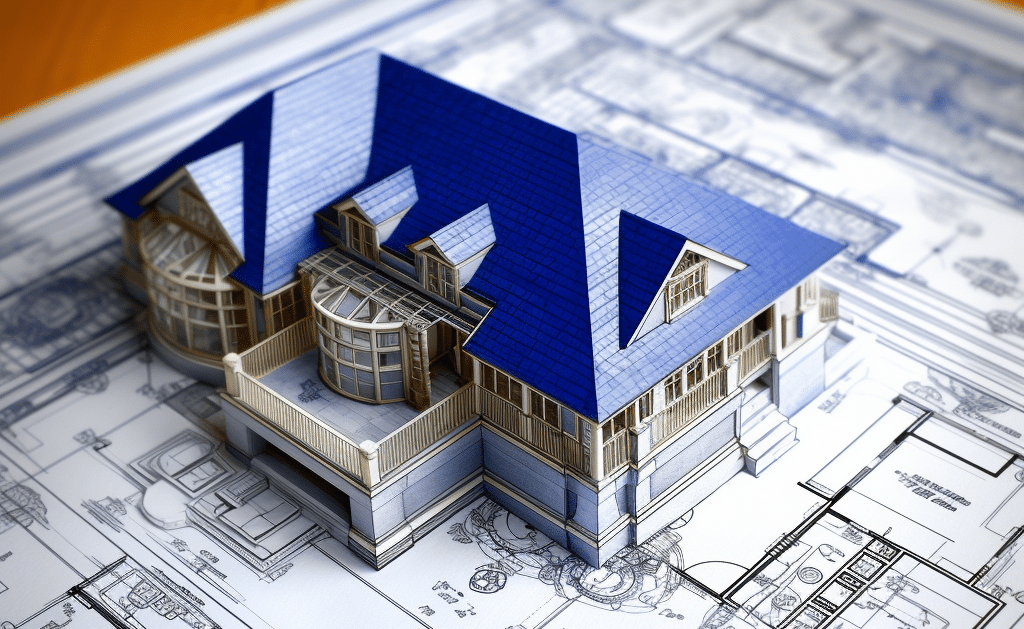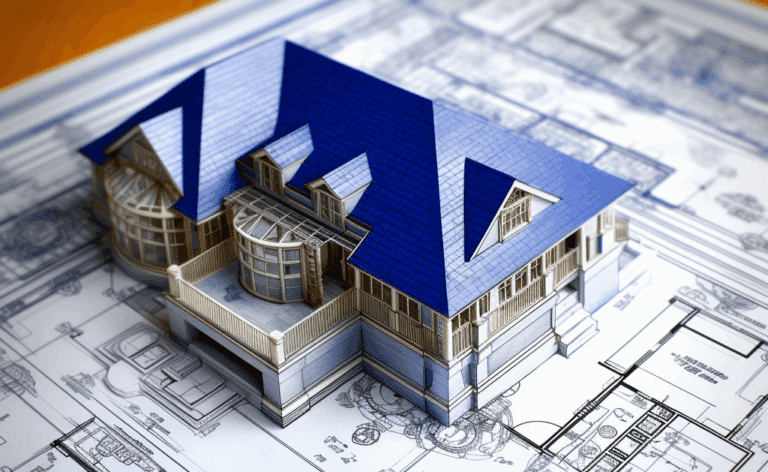The process of building a fresh house is an important stage in which you are to understand and follow the home building contract well. This document is the beginning of the whole construction industry and it tells more about the rights and duties of the householder and the builder. The discussion will be centered on the more critical provisions in a building contract and why it is crucial for the success of the construction project.
The Importance of a Comprehensive Contract
The significance of a well-prepared home building contract cannot be overstated in protecting the rights of the different parties involved. It provides direction on expected outcomes, deadlines, and financial obligations.
Errors or misunderstandings without the proper legal basis might trigger disputes, delays, and certainly more expenses. So, it is of primary importance for homeowners to be thorough in their review of all details contained in the contract and not only be satisfied with understanding them merely.
Key Elements of a Home Building Contract
Typical components of the home building contract can be:
1. Project Scope and Specifications
The project plan section that is enclosed with the specifics of the living quarters Phase, including the size, the count of rooms, and the features that are needed, is usually covered. In addition to including the materials to be used, standards for the materials, and any renovations, it should also include the materials that were requested by the homeowner.
2. Timeline and Milestones
The contract should be clear in the expected start and end dates of the project. It might also include phases that are specific to the different construction stages, for example, a foundation completion, framing, and interior finishes.
3. Payment Schedule
This section of the contract is the one that states the total cost of the project and how the development of payment amounts will be structured. It commonly starts with the deposit sum and gives a logistics for some following installment later, often linked to the construction step.
4. Change Order Process
The animals also evolve through such methods as humans wanting to change the original plan, so the direction provided here should detail how they are requested, validated if feasible, and further be carried out under charge.
5. Warranties and Guarantees
The contract should point out what sort of warranties the builder offers. It might generally cover both short-term and long-term insurance involving the various buildings of the house.
6. Dispute Resolution
In the event of a problem, the contract should also be explicit and help in resolving the disputes, through either mediation, arbitration, or the taking of legal courses of actions.
Understanding Your Rights and Responsibilities
To be specific in our case, the owner should know that he/she has rights and obligations within the agreement. This includes the meeting of the schedules for payment, decision making on time for the choices of the house materials and granting the builder access to the construction site. Alongside that is knowing your authority in related areas such as work quality, the given timeframes, and the route that you should take as a customer on this matter.
The Role of Legal Advice
As the drafting of a home building contract is both intricate and indispensable, it is usually the ideal advice for homeowners to engage a lawyer prior to signing it. That is, if the lawyer is a transactional attorney, the lawyer can analyze the contract, simplify clauses such as those with no necessary legal words, and in the worst case scenario, where there is language that needs clarification or amendment.
Negotiating the Contract
On the other hand, a builder will initially use, in most scenarios, the standard contract in his/his business setting but there will always be the opportunity for negotiation. If there are any concerns or suggestions for changes, homeowners should not be afraid to bring them up when talking to the builder. Besides the payment schedule, these three areas are other possible points of conversation such as the homeowner’s additional specifications, or explanations of certain words.
Conclusion
Not only the detailed and consistent home building contract but also the proper communication among the participants will provide the bases for a thriving construction project. By acquiring knowledge of the central contract parts and the subjective outcomes, landowners will be able to uphold their undertaking with self-assurance and lucidity, especially when partnering with Perth’s leading home builder.
One must remember that this is no mere formality but a vital tool in keeping both the owner and the contractor safe, thus, giving a green light for the construction of a new home with no or less problem.
















